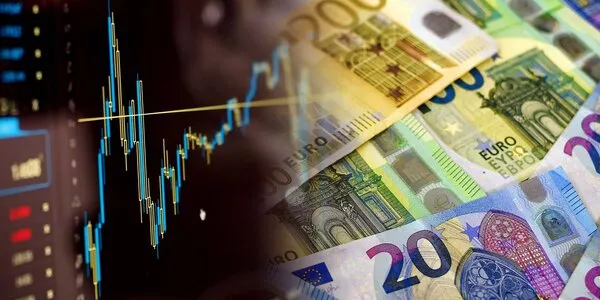
Weekly Update - Of stimulus and prices
This week, Biden began talks with a group of moderate Republican senators who had proposed a $618 bn alternative plan. Although the Democrats’ majority in Congress means bipartisan support for his package may not be necessary, the President is looking to the longer term. By seeking to build bridges and engage with the Republicans, he may slow approval of the current plan but he may also garner support for his separate $2 tn stimulus plan which is due later this year.
The two plans are very different in nature. The current proposal seeks to provide support for households (via $1,400 cheques), schoolchildren ($130 bn to accelerate school reopenings), the unemployed (an additional $400 per week in benefits) and state and local governments ($350 bn cash injection to prevent lay-offs of public sector employees). The second plan aims to focus on investment in green energy technologies and infrastructure, for example in transportation, electricity and construction. Where the first plan throws a lifeline to cope with the crisis, the second is designed to enhance long-term growth potential.
US core Personal Consumption Expenditure prices (i.e., ex volatile items like food and energy) rose 0.3% MoM in December, taking the YoY rate from 1.4% to 1.5%. While this still leaves the Federal Reserve’s preferred measure below target, market expectations for inflation have risen sharply. The 10-year breakeven inflation rate – calculated by subtracting yields on inflationlinked bonds from those on nominal bonds – hit 2.17% this week, up from 0.55% last March and the highest since October 2018.
Inflation in the euro zone also appears to be on the rise. This week saw the publication of the consumer price index estimates for January which came in well above forecasts. Headline prices rose 0.9% YoY, having averaged -0.3% over the previous five months, while the core figure jumped from 0.2% in December to 1.4%. However, this upside surprise was driven by some oneoff factors – in Germany for example, the cut in VAT from 19% to 16% expired, pushing up prices, while in some countries like France, traditional New Year sales were postponed because of lockdown restrictions, flattering YoY comparisons for prices of many household and personal goods.
In addition, there may be some early warning signs that the rise in inflation expectations has become extended. As illustrated in the right-hand chart, the difference between US 10-year and 2-year breakevens has recently inverted – i.e., short-term expectations are now higher – a configuration which has often preceded a decline in longer-term expectations.
Bottom line. The ramp-up in vaccinations will help countries ease restrictions later this year, first in the UK and the US followed some weeks later by the EU, where only 3.3% of the population has been inoculated so far. As a result, we expect a cyclical recovery in activity in H2 2021, with the fastest growth registered by those countries where lockdowns were the most severe. However, output gaps remain high and we do not expect the current bounce in inflation to be long-lasting. All told, we expect this year’s economic backdrop to favour equity markets over fixed income, given historically low yields and tight credit spreads.
Read full article





